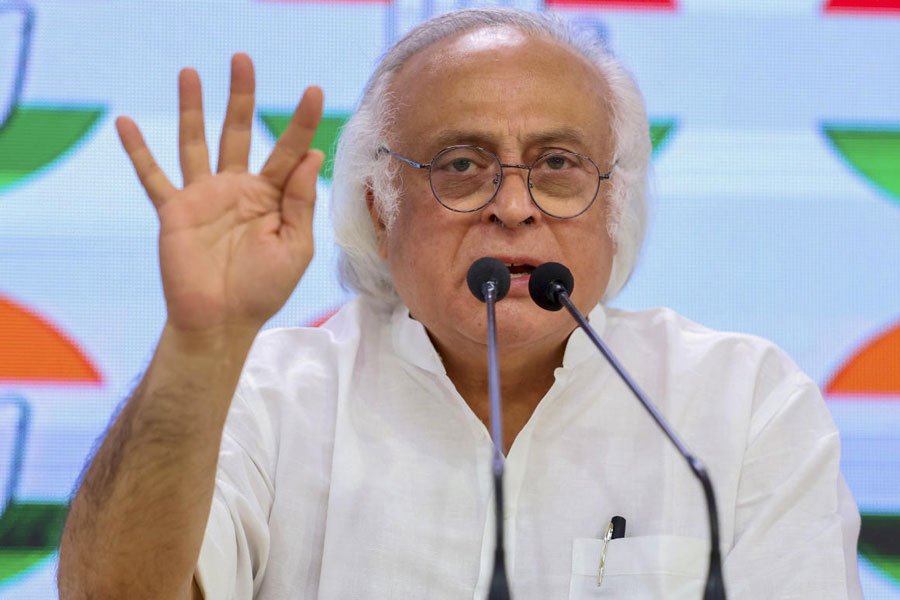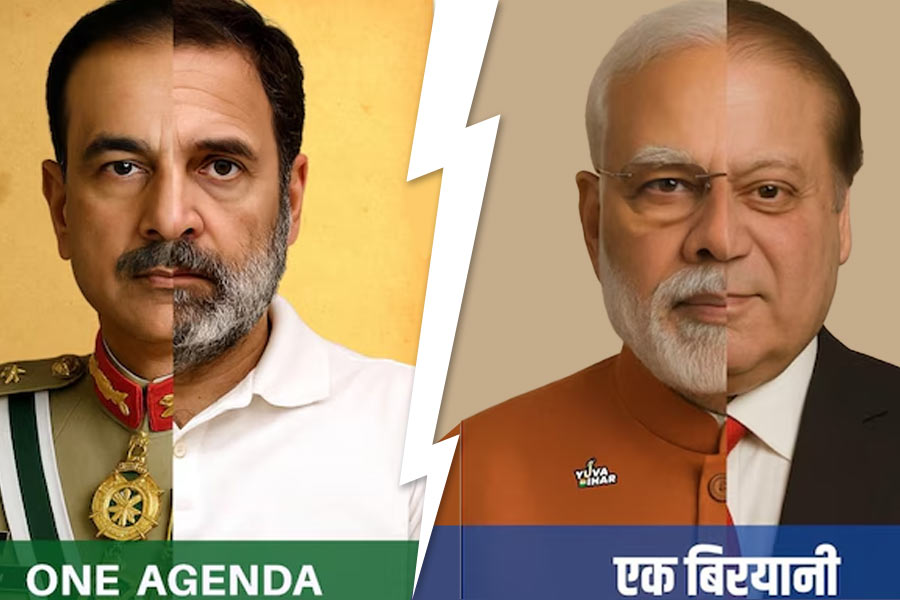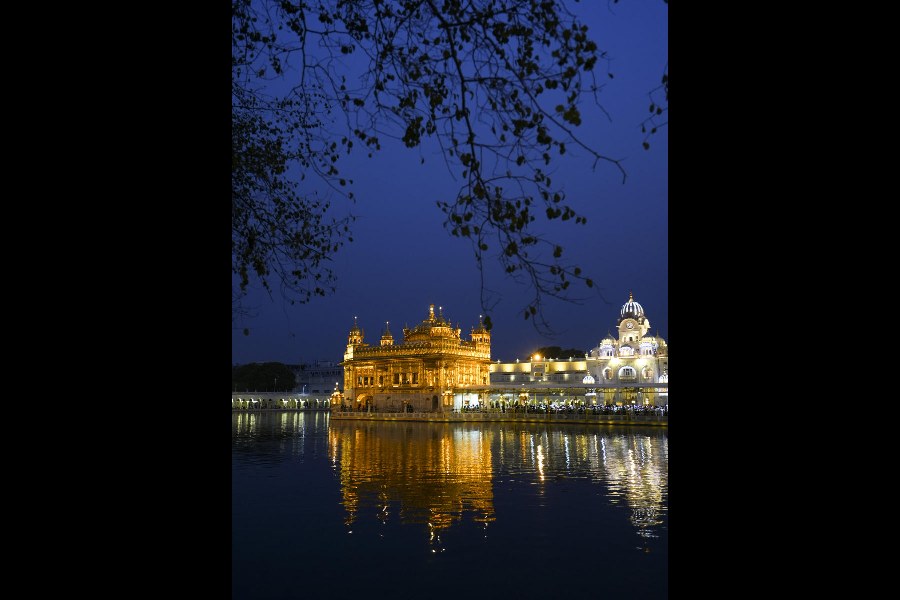The one-and-a-half-month-long election campaigning in Bihar came to an end on May 10. Post-electioneering, some senior leaders shared the highs and lows of their parties with Sanjeev Kumar Verma of The Telegraph
Presence surges
Party: Congress
High
Almost after two decades people from minority community voted for the Congress candidates in most of the 12 seats the party contested in Bihar.
The party’s presence in terms of Assembly seats spread has witnessed a surge. The Congress had won four seats in the 2010 Assembly elections and had secured second position at 16 places. The party has contested 12 parliamentary seats this time, spread over 72 Assembly segments and party strategists believe that it has garnered good votes in all the seats.
The party has found a formidable alliance partner in the RJD, which will help it in future elections.
Emergence of a young brigade of leaders who managed the poll campaign without much support from the party seniors of the state unit.
Low
The Congress had undertaken a massive exercise of consulting district-level leaders and workers for selecting candidates for all the 40 seats ahead of the general election. A lot of data was generated through the consultation process launched six months ahead of the general election. The outcome of this exercise was put to dustbin after an alliance was stitched with the RJD.
Fielding five Scheduled Caste candidates out of 12 seats it contested was a bit lopsided given the caste-ridden nature of Bihar society.
Though the party was able to get back its traditional minority voters, it failed to do the same in case of Brahmins who used to be conventional Congress supporters.
Senior leaders of the party’s state unit did not take active part in the campaigning, sending a wrong message among the party workers.
EBC gain
Party: BJP
High
Party could make dent in the Extremely Backward Class voters and other backward classes voters who traditionally used to vote for either the RJD or the JD (U).
Using the development plank and the promise of a strong government at the Centre, the party could mobilise support among young voters.
Guidance of a team of professionals working from Delhi helped in streamlining the campaign strategy.
Alliance with the LJP helped in making inroads in Dalit votes.
Low
The party could not wash away the ghost of Godhra riots, which led to polarisation of minority votes behind the candidates who appeared to be giving fight to the contenders of the BJP and its allies.
The hate speech of Giriraj Singh forced the central leadership to do the fire-fighting.
Had to induct many leaders of other parties having questionable background in the BJP in order to widen its base among different caste groups.
Had to field newly inducted leaders in certain constituencies, which was against the party’s tradition to field only time-tested faces.
Resurgence of Lalu
Party: RJD
High
The party emerged as the main force to fight communal forces in the state.
Resurgence of Lalu Prasad as a leader at a time when many had written him off after poor performance of the RJD in the 2009 general election and the 2010 Assembly elections.
The party could use the conviction of Lalu Prasad in a fodder scam case as a tool to mobilise Lalu supporters by generating sympathy for him through a well-designed campaign in which it was projected that his conviction was the result of political vendetta.
Could check the erosion in Muslim vote bank witnessed in Bihar after the emergence of the JD(U) as the ruling party in the state.
Low
n Fielding of Rabri Devi and Misa Bharti, who happen to be family members of Lalu Prasad, did not send a good message to the second-rung leadership of the party and the RJD ended up losing a veteran party leader like Ram Kripal Yadav. Those still with the RJD feel that promoting family members in politics was a departure from the political philosophy of Ram Manohar Lohia and Jayaprakash Narayan, whose philosophies are considered to be the guiding force in running the party.
The party failed to project a composite nature of leadership with over dependence on one leader (Lalu Prasad) for campaigning.
Over-emphasis on mobilising minority voters had an adverse impact at few places because it gave impetus to polarisation of other votes as a reaction of consolidation of minority votes.
The party failed to chart out a comprehensive campaign plan, leading to confusion on several occasions.
Works hailed
Party: JD(U)
High
Number of people voting for the JD(U) notwithstanding, very few were found denying the works done by Nitish Kumar as chief minister of Bihar.
Even those opposing the JD(U) openly said they would vote for the party in the Assembly elections.
The emergence of Nitish Kumar as a leader who was willing to risk the stability of his government in the state for his principled stand of not supporting Narendra Modi as the prime ministerial candidate.
The party could poach many established leaders from the BJP and the RJD ahead of elections, spreading its base in different caste groups.
Low
Failed to spread the word that its exit from the NDA fold was based on its principled stand on Narendra Modi and not to garner Muslim votes.
Lack of organisational set-up at the grassroots failed it on the front of spreading word about the good works done by Nitish Kumar government.
Lack of known faces led to over-dependence on Nitish during the campaign stage.
Many senior leaders of the party did not take active part in the campaigning. Some even campaigned for rival camps.











